Exploring the Eastern Towhee (Rufous-sided)
It's no wonder this bird is referred to as a Towhee when it has a scientific name that is nearly impossible to pronounce (Pipilo erythrophthalmus).
Translated, it means "red-eyed chirper" referring to the red eye and its most common call, "chewink". This bird is sometimes called Chewink.
Until recently, the Eastern and Spotted were considered a single species but not any longer.
This information covers the habits, behaviors, and identification, of the Eastern Towhee. I've added an extra image of the Spotted Towhee below for reference and comparison.
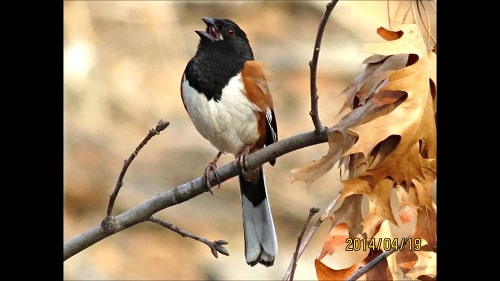
Eastern Towhee
Description: - Size - Field Marks
The appearance of this bird varies in different parts of the country.
Male Towhees are 7 to 9 inches in length, The eastern birds have dark heads and backs, rufous sides, a white belly, and a red eye.
In the West, they have a similar appearance except that they also have white spots on their dark wings and back.
And in the South, they may have a white eye instead of the eye being red.
Females are like males in appearance, but the black areas are browner or brownish-gray.
Breeding Season
The breeding season typically occurs in late spring and early summer. The exact timing may vary depending on the geographic location and local climate conditions.
In the southern parts of their range, breeding may start as early as March, while in northern regions, it might be delayed until May.
You'll most likely hear these birds than see them since they are very secretive. You can listen to their call below.
Males arrive first and begin singing to announce and defend their territory of about 1 1/2 to 2 acres.
When the female arrives and pairs with a male, that male will discontinue his singing and will use the "chewink" call to keep in contact with his partner.
Do They Mate for Life?
Eastern Towhee's are mongamous and stay together through multiple broods in a season and while some pairs breed with the same partner in consecutive seasons, Eastern Towhees are not known as mating for life.
Call
Nesting Habits
The female does all the building of the nest. A cup of grass, twigs, and rootlets are hidden on the ground, under the bough of a tree or shrub.
These nests can be challenging to find, since the female does not fly to the nest. Instead, she lands a few feet away and, using the cover of brush, walks to the nest.
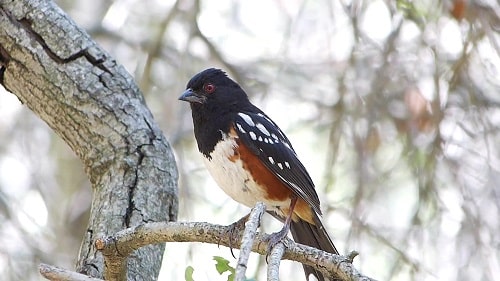
Spotted Towhee
The female lays 2 to 6 eggs with the average being 3 to 5 eggs.
Eggs are cream-colored or greenish and are spotted with brown. The female begins incubation after the last egg or next to the last egg is laid.
Incubation will last 12 - 13 days. The young will leave the nest in 10 - 12 days after hatching. Up to 2 broods a season.
During nest building and incubation, the male will rarely come near the nest.
Cowbirds often lay their eggs in the nest of Towhees. Cowbirds, on average, lay 1 to 2 eggs per Towhee nest site.
If Cowbird eggs are laid in the nest, the Towhees will raise both theirs and the Cowbirds young. They will also tend to each fledgling up to a month after they leave the nest.
| Rufous-sided Towhee Nesting Stats | |
|---|---|
| Eggs | 3 - 5 |
| Incubation | 12 - 13 days |
| Nestling Phase | 10- 12 days |
| Broods | 1 - 2 |
After the young hatch, the male helps feed the nestlings. An interesting behavior is if the female is disturbed while on the nest rather than flying away, she will instead run.
She may also pretend to have an injury to encourage predators to chase her, drawing them away from the nest site.
Feeding Habits
The feeding habits of Towhees are a bit unusual. A ground-feeding bird, their behavior is similar to that of the white-throated sparrow.
Eastern Towhee Eating Seeds
They hop forward and then jump backward, dragging their feet to pull leaves and debris to reveal the insects and seeds they eat.
Eastern Towhees primarily eat seeds and berries, but during the breeding season, they will eat insects found on the ground. Invertebrates make up a large portion of their diet. Eating crickets, moths, beetles, caterpillars, ants, and grasshoppers.
After the breeding season in late summer, ripening fruit is their favorite choice of food to eat.
A ground platform or tray feeder placed near the underbrush may attract them to feed in your yard. Keeping in mind the slightest disturbance will have them diving for cover.
Predators
Since they nest on the ground, predators such as the bullsnake, garter snake, and rat snake eat the eggs and young of these birds.
Blue Jays and eastern chipmunks are also known as predators of eggs and young.
Known predators of adult Towhees include Cooper's hawk, Sharp-shinned Hawks, and Short-eared Owls.
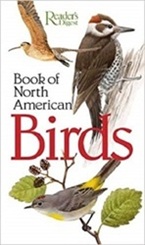
|
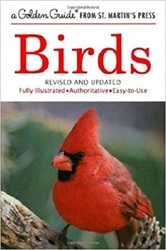
|
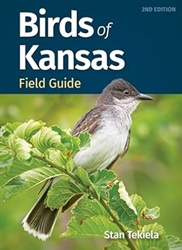
|

|
| Readers Digest Guide | Golden Guide | Your State Only | Nat-Geo Guide |





